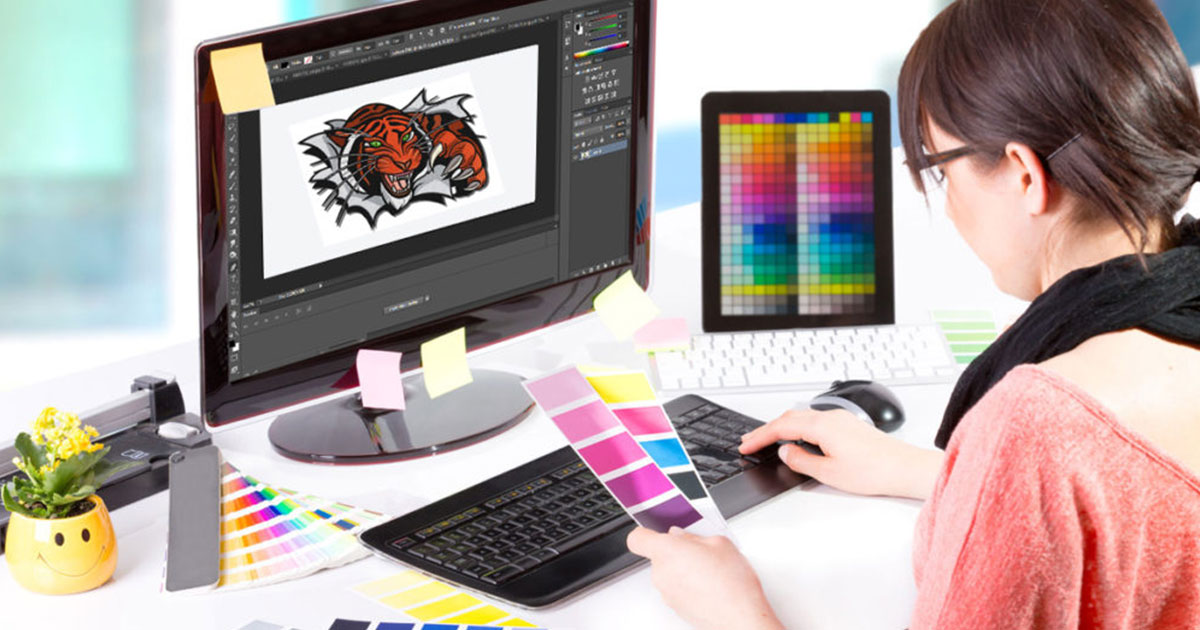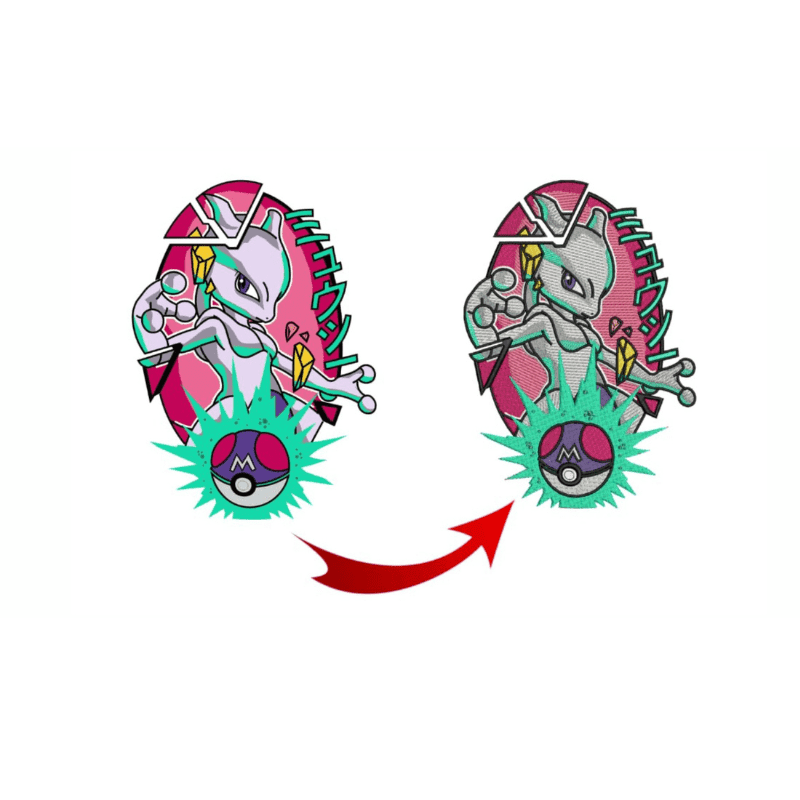Budget-friendly Digitizing for Embroidery: Precision and Information
Wiki Article
Streamlining the Art of Needlework Digitizing: Step-by-Step Overview
As modern technology continues to breakthrough, the digitization procedure has actually become a lot more obtainable, allowing fanatics to bring their elaborate designs to life with convenience. In this guide, we will unwind the intricacies of needlework digitizing, breaking down each action systematically to simplify the process and equip both beginners and experienced embroiderers alike.Understanding Embroidery Digitizing Software Program
Embroidery digitizing software program functions as a crucial tool for changing intricate styles right into digital styles suitable with embroidery devices, promoting precise stitching and modification. This specialized software enables customers to import various image documents layouts, such as JPG or PNG, and convert them into needlework machine-readable formats like DST, EXP, or PES - Digitizing for Embroidery. By using functions like stitch modifying, underlay options, and thread color selection, digitizing software application allows individuals to control every facet of the design procedureAdditionally, advanced embroidery digitizing software uses tools for creating complicated layouts, readjusting stitch thickness, and integrating intricate details. Customers can additionally sneak peek the layout prior to sewing it out, guaranteeing precision and decreasing mistakes. In addition, several software application provide automatic functions that aid streamline the digitizing process, saving effort and time.
Comprehending the capacities of embroidery digitizing software program is essential for achieving top quality lead to embroidery tasks. By mastering this device, needlework fanatics and specialists can release their imagination and bring elaborate designs to life with accuracy and performance.

Selecting the Right Style Documents
After familiarizing yourself with the capacities of needlework digitizing software application, the following crucial action in the process is selecting the appropriate design apply for your task. Digitizing for Embroidery. When picking a design apply for embroidery digitizing, it's vital to think about the complexity of the layout, the dimension of the final product, and the kind of material you will be functioning withFor detailed styles with fine information, a high-resolution picture or vector file is recommended to make certain that the needlework device can accurately reproduce the layout. Furthermore, the dimension of the last product plays a significant duty in picking the right style data. Bigger styles may require higher resolution data to maintain clarity and intensity.
Furthermore, the type of fabric you will certainly be stitching on influences the option of style data. Different fabrics may call for adjustments in the layout file to guarantee that the stitches are effectively lined up and the style appears as planned. By meticulously selecting the best style documents based upon these factors, you can set yourself up for an effective needlework digitizing procedure.
Digitizing Tools and Techniques
Using specialized software program and accuracy strategies, visit this website digitizing tools are necessary in transforming elaborate layouts into embroidery-ready documents. Embroidery digitizing software application, such as Wilcom, Hatch, or Embrilliance, provides the essential platform to convert art work into stitch information. These programs offer attributes like stitch modifying, underlay alternatives, and lettering devices to make certain the layout converts effortlessly onto material.Among the crucial methods in digitizing is developing a clear course for the needlework equipment to follow. This includes digitizing each element of the design with precision, determining stitch kinds, thickness, and directions. By utilizing tools like digitizing tablets or software-specific plugins, embroiderers can attain a high level of precision in their digitized styles.
Additionally, mastering the art of underlay stitching is crucial for generating high quality embroidery. Underlay stitching supports the textile and develops a structure for the layout, making sure that the end product is both visually appealing and long-lasting. By recognizing these digitizing devices and techniques, embroiderers can elevate their craft and bring detailed styles to life with precision and efficiency.
Tailoring Stitch Kinds and Directions
Having actually established a foundation in digitizing devices and techniques, a vital aspect in progressing embroidery craftsmanship depends on customizing stitch kinds and directions with accuracy and purpose. The option of stitch types can significantly affect the overall look and texture of the stitched style. Satin stitches, recognized for their smooth and shiny coating, work well for developing boundaries and message. On the other hand, fill stitches are perfect for covering bigger areas successfully. By strategically incorporating these stitch types, embroiderers can achieve depth and measurement in their designs.Additionally, the direction of stitches plays a critical role in improving the aesthetic allure of the last embroidery. Numerous stitch directions can add appearance, emphasize certain components, and produce aesthetic interest. As an example, transforming the angle of stitches can replicate movement or all-natural patterns like hair or plumes. By explore various stitch angles and patterns, embroiderers can bring their designs to life with exceptional information and details. Mastering the art of customizing stitch types and instructions empowers embroiderers to unleash their creativity and elevate the quality of their work.
Screening and Refining Your Digitized Layout
To make sure the precision and high quality of your digitized style, navigate to this website complete testing and refinement are important steps in the embroidery digitizing procedure. As soon as you have actually finished the digitization of your style, it is important to evaluate it before waging the actual needlework. Examining enables you to determine any potential concerns such as string breaks, stitch density troubles, or layout distortions that may affect the last outcome.
After screening, it is necessary to fine-tune your digitized design based on the responses from the examination sew-out. This may involve tweaking sew settings, readjusting thickness, or making changes to the total style to accomplish the desired end result. By iterating through testing and improvement, you can fine-tune your digitized layout to excellence before progressing with the real embroidery procedure.
Final Thought
To conclude, understanding the art of embroidery digitizing requires a complete understanding of the software application, picking the right layout data, making use of digitizing tools and methods, customizing stitch kinds and directions, and screening and refining the digitized design. By adhering to these actions, embroiderers can simplify the digitizing procedure and develop top notch stitched styles with accuracy and performance.Report this wiki page